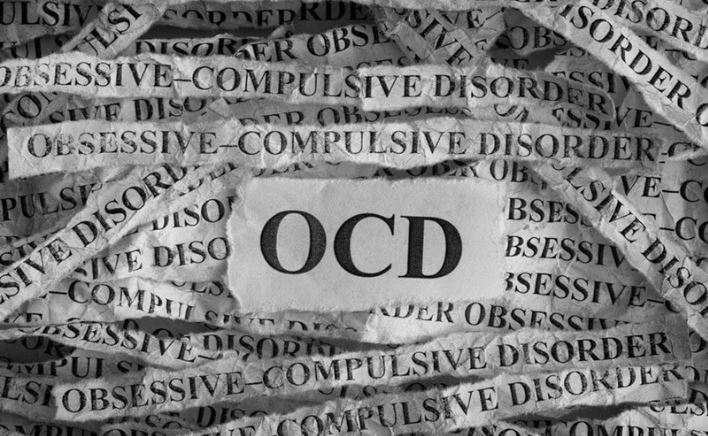The findings, published in the prestigious journal Nature Genetics, mark one of the largest genetic investigations into OCD to date
Australian scientists have made a major leap in understanding the biological underpinnings of obsessive-compulsive disorder (OCD), identifying dozens of genes linked to the mental health condition that affects millions worldwide. The breakthrough could pave the way for improved diagnosis and more effective, targeted treatments.
A research team from QIMR Berghofer Medical Research Institute, formerly known as the Queensland Institute of Medical Research, has pinpointed 30 regions of the human genome and around 250 specific genes associated with OCD. The findings, published in the prestigious journal Nature Genetics, mark one of the largest genetic investigations into OCD to date.
Led by Dr. Eske Derks, head of the Translational Neurogenomics Laboratory at QIMR Berghofer, the researchers analysed DNA samples from over 50,000 individuals diagnosed with OCD and compared them to the genetic profiles of 2 million people without the condition.
“We’ve been working on this for many years, but these findings have dramatically increased our knowledge of the genetic basis of OCD,” said Dr. Derks. “It helps us begin to map the complex biological architecture of a disorder that has often been misunderstood.”
OCD is a chronic mental health disorder characterised by persistent, unwanted thoughts (obsessions) and repetitive behaviours or rituals (compulsions). These patterns can severely disrupt daily life and cause intense distress. Common symptoms include compulsive cleaning, repetitive checking, intrusive thoughts, and overwhelming fears about causing harm or making mistakes.
What makes the recent study particularly promising is that the genes identified are most active in brain regions already implicated in OCD through past neurological studies — specifically the hippocampus, striatum, and cerebral cortex. These areas are involved in decision-making, habit formation, and emotional regulation.

In addition, the research uncovered significant genetic overlap between OCD and other psychiatric disorders, such as anxiety, depression, anorexia nervosa, and other eating disorders. This finding highlights the shared biological pathways among various mental health conditions and underlines the complexity of OCD.
According to clinical psychologist Emily O’Leary, OCD is often deeply distressing not only for those who live with the condition, but also for their families. “People with OCD are often trapped in constant fear of doing something wrong or causing harm to loved ones,” she explained. “It becomes a family issue because everyone ends up adjusting their lives to accommodate the compulsions.”
The research team believes their work could help fast-track the development of genetic testing tools to aid early diagnosis and open the door to repurposing existing medications used for related conditions. “Now that we understand more about the genes involved, we can explore how different drugs might interact with those genes and potentially bring relief to patients,” said Dr. Derks.
OCD affects an estimated 1 to 3 per cent of the global population. While it often begins in adolescence or early adulthood, many sufferers go years without a diagnosis due to stigma, misunderstanding, or lack of access to mental health care.
This genetic discovery is not just a scientific milestone — it offers real hope to people living with OCD and their families, promising a future where diagnosis is faster, treatment is more effective, and stigma is reduced through better understanding.













